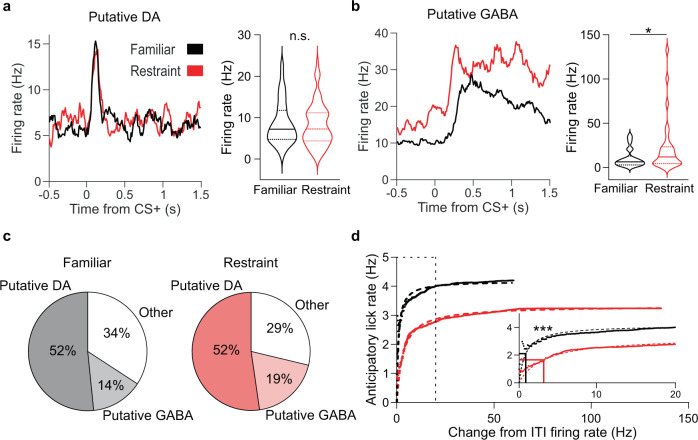Fig. 7. Restraint enhances VTA GABA activity but weakens its relationship with anticipatory behavior.
a Left: representative CS+ evoked firing rates of putative DA neurons in non-stressed (black) and stressed (red) conditions. Right: CS+ evoked firing rates for putative DA neurons recorded in non-stressed and stressed conditions. Restraint did not affect the CS+ evoked firing rates of putative DA neurons (P = 0.64, two-tailed rank-sum test, nFamiliar = 80 neurons, nRestraint = 80 neurons). Data plotted are median, upper and lower quartiles, and kernel density estimate. b The same as a, but for putative GABA neurons. Restraint enhanced CS+ evoked firing of putative GABA neurons (*P = 0.028, two-tailed rank-sum test, nFamiliar = 22 neurons, nRestraint = 29 neurons). Data plotted are median, upper and lower quartiles, and kernel density estimate. c Distribution of putative DA and GABA neurons recorded during familiar environment and restraint stress conditions (total neurons nFamiliar = 155, nRestraint = 153). d Relationship between cumulative change in firing rate of putative GABA neurons and average anticipatory lick rate for the familiar environment and restraint stress conditions. Dotted lines are nonlinear least-squares fitted functions. Inset: Same data graphed up to 20 Hz. Solid lines indicate EC50 value calculated for the fitted function. The EC50 value for the familiar environment fitted function was smaller than that of the restraint stress fitted function (***P < 0.0001 two-tailed ANCOVA).

